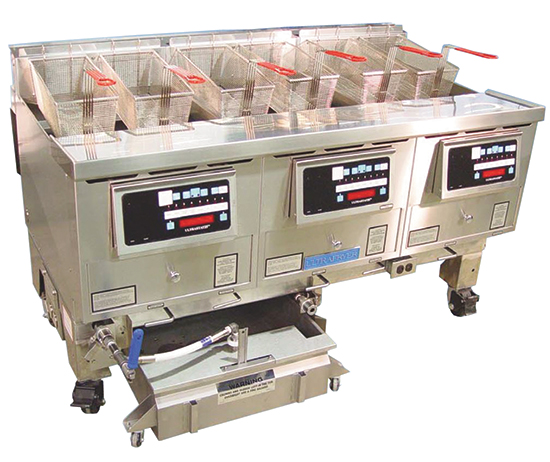Risk Analysis and Supplier Performance Analysis
Most global manufacturers have formalized supplier-evaluation systems in place that enable them to actively manage their supply networks. For example, when a supplier is continuously late with shipments, a spend management professional must identify the infraction, quantify it, communicate it to the supplier and implement corrective action. Corrective action can take the form of a three-strike policy, monetary compensation, a combination of both, as well as other steps.
Yet, few small- to midsized manufacturing companies have formal processes in place to track, evaluate and communicate supplier performance, let alone assess risk within their supply chain. These companies simply lack the resources to create and maintain a documented supplier-evaluation system. Without such a system, companies have a hard time defining if supplier performance is productive or if it should improve. And no company can afford to find out after the fact that a supplier is underperforming—not when businesses are in a growth cycle.
Suppliers that are true partners want to help customers succeed by improving their own performance. These suppliers value the consistent and measurable feedback that a formal evaluation system provides. The advantages to having a formal evaluation and audit process in place benefits your organization as well as your suppliers’ organizations. Empirical evidence illustrates that firms with supplier-evaluation systems realize improvements such as higher rates of on-time deliveries, fewer defects and quicker response time.
That said, most small and midsized firms typically have only enough resources to manage the performance of their top few suppliers, at a basic level. The process requires support of multiple departments such as engineering and operations, as well as senior leadership. Each must work together to determine that all parts of a supplier relationship are being considered in the evaluation process.
Ultrafryer and Romac—and other Prime Advantage members—are able to use two systems in place at Prime Advantage to ensure they work with best-in-class supply partners. Suppliers must complete an audit process to enter the network and attain endorsed status. Then, members provide ongoing feedback through a formal evaluation process. The supplier evaluation process begins with many of the steps followed by the world’s top manufacturers, in which subjective and objective aspects of a supplier relationship are analyzed and weighted. Factors include quality, delivery, total cost, supplier diversity, service, design control and R&D.
Additional Resources
Harry Marcionetti, senior vice president of operations for truck-body manufacturer Knapheide Mfg., Quincy, IL, also appreciates the added support Prime Advantage provides, via an account manager. This dedicated resource helps Knapheide (and other member companies) identify the best supplier options in the group based on needs and supplier capabilities.
“Our Prime Advantage account manager has helped us build a bench of quality suppliers across a number of specific material and service categories,” says Marcionetti, “where we previously only had one supplier connection. They have effectively added arms and legs to our team without needing to hire new staff.” MF
See also: Prime Advantage
Technologies: Management
Comments
Must be logged in to post a comment. Sign in or Create an Account
There are no comments posted. Management
ManagementDOL Announces Nearly $200 Million Allotted for Registered Ap...
Friday, March 1, 2024
 Management
ManagementLaurie Harbour, President, Harbour Results, Inc., E707
Wednesday, January 24, 2024
 Podcast
Podcast 






 Change is certainly a constant in business, which can make the process of managing a complex supply chain difficult for even the most successful companies. Identifying and managing suppliers that can ensure a superior level of quality, service and innovation is critical to gaining and maintaining a competitive advantage.
Change is certainly a constant in business, which can make the process of managing a complex supply chain difficult for even the most successful companies. Identifying and managing suppliers that can ensure a superior level of quality, service and innovation is critical to gaining and maintaining a competitive advantage. 

 Video
Video